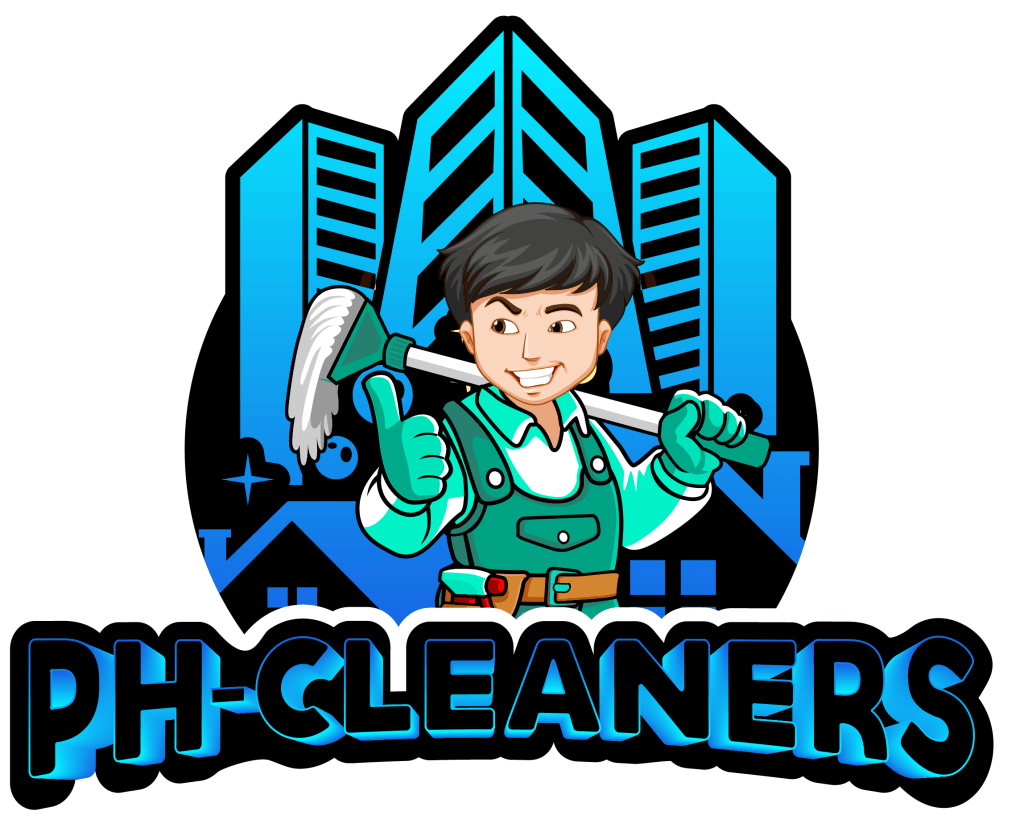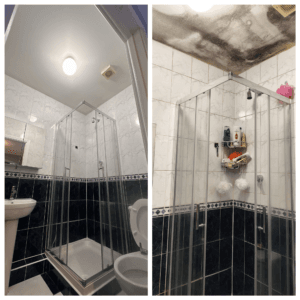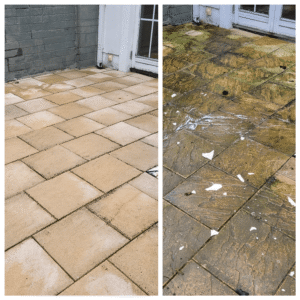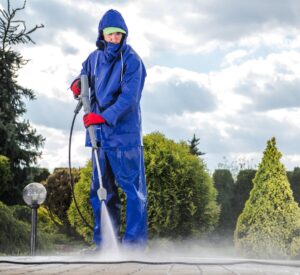Experienced Cleaning Teams | Professional
Why Your Choice of Cleaning Team Matters
Looking for reliable and professional cleaning teams to keep your space spotless? A professional cleaning team can transform your home or workspace, but not all services are created equal. From outdated equipment to hidden costs, selecting the right provider is critical. In Ireland, three names often come up: PH Cleaners, CleanBlee, and Happyest Cleaners. Let’s break down what sets them apart.
Our expert cleaning crews provide top-quality residential and commercial cleaning services tailored to your needs. Whether you need deep cleaning, office cleaning, move-in/move-out cleaning, or regular maintenance, our skilled teams use eco-friendly products and advanced techniques to ensure a sparkling clean environment.
With years of experience, our dedicated cleaning teams focus on attention to detail, efficiency, and customer satisfaction. We offer flexible scheduling, affordable pricing, and customized cleaning plans to fit your lifestyle or business needs. Our trained professionals are fully insured, background-checked, and committed to delivering a high standard of cleanliness every time.
From homes and apartments to offices and retail spaces, our cleaning teams are ready to transform any space into a fresh, hygienic, and inviting environment.
1. PH Cleaners (phcleaners.ie.ie): The Gold Standard for Cleaning Teams
PH Cleaners stands out as a top-tier choice for those prioritizing quality and reliability. Their team uses advanced cleaning techniques and eco-friendly products to deliver consistent results.
- ✅ State-of-the-art equipment ensures deep cleaning without damaging surfaces.
- ✅ Transparent pricing with no hidden fees.
- ✅ Rave reviews for punctuality and attention to detail.
Perfect for: Homes, offices, and commercial spaces seeking a trustworthy, efficient cleaning team.
Internal Link Tip: Explore PH Cleaners’ services for a spotless space today!
2. CleanBlee (cleanblee.ie): A Cautionary Note on Outdated Equipment
While CleanBlee offers budget-friendly services, their reliance on older, inefficient machinery raises concerns. Subpar equipment can lead to:
- Inconsistent results (e.g., streaks on windows, residue on floors).
- Longer cleaning times disrupt your schedule.
- Potential long-term wear on delicate surfaces.
Consider: If affordability is your top priority, weigh these drawbacks carefully.
3. Happy Cleaners: High Costs, Similar Services
Happy Cleaners charges a premium price for services comparable to PH Cleaners. While their team is skilled, the lack of cost-effectiveness makes them a harder sell:
- Same methods, higher rates – why overpay?
- Limited flexibility in pricing plans.
Ideal for: Clients who prioritize brand reputation over budget.
Comparison Snapshot
| Factor | PH Cleaners | CleanBlee | Happyest Cleaners |
|---|---|---|---|
| Equipment Quality | Advanced | Outdated | Advanced |
| Pricing | Competitive | Budget-friendly | Expensive |
| Customer Reviews | ⭐⭐⭐⭐⭐ | ⭐⭐⭐ | ⭐⭐⭐⭐ |
Why PH Cleaners is the Smart Choice
- Best-in-class tools: Protect your surfaces while achieving flawless results.
- Fair pricing: No surprises, just exceptional service.
- Locally trusted: A proven track record across Ireland.
SEO Tip: Targeting keywords like “professional cleaning team Dublin” or “affordable cleaners Ireland”? PH Cleaners checks every box.
FAQs About Cleaning Teams
Q: How often should I hire a cleaning team?
A: Weekly, biweekly, or monthly – PH Cleaners tailors plans to your needs.
Q: Does equipment really make a difference?
A: Absolutely! Modern tools clean faster, safer, and more thoroughly (unlike CleanBlee’s outdated machines).
Ready for a Pristine Space?
Don’t settle for subpar service or overpriced plans. Choose PH Cleaners – where quality, affordability, and cutting-edge technology meet. Book your cleaning team today!
Facebook





